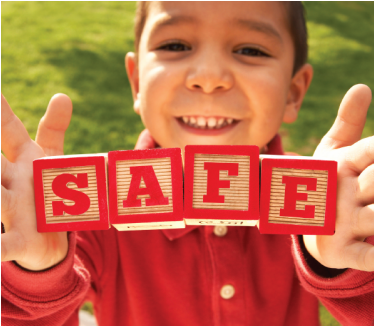
One of the most disorienting things about a difficult transition is not understanding why it’s so hard this time. Why could I do this before, and this time it’s such a struggle?
Today I thought of the book ‘My Stroke of Insight,’ in which a neuroscientist walks us through her experience of a left hemispheric stroke. She chronicles her experience of oneness and euphoria, and the subsequent excruciating months and years of coming back into her body to make it work in a linear fashion again. The agony of sucking something so vast into a broken body.
I’ve often thought of this book since reading it many years ago. I remain struck by her acceptance of what was happening, and the quick shift to knowing what to do (although I imagine it didn’t feel quick to her). Because she knew she was having a stroke, she was able to seek the necessary support. She focused on moving forward, rather than blaming herself for what happened.
But sometimes it’s more confusing when the transition you’re walking through doesn’t have such obvious physical symptoms. It can be very tempting to try to scramble and piece together a haphazard bridge to the future, or to the next step. It can also be tempting to cower in shame and fear and never move anywhere. To crumble.
The first step is always the same. Establishing safety. How do you do this? By orienting. Naming the chapters that you’ve just passed through, the one you’re in, and the one you’re about to step into. Cultures for millennia have known the importance of this. It’s why they have rites of passage, and even constructed initiations, in which the young person is taken out into the wilderness and exposed to a measure of disorientation, always with a trusted guide.
In today’s society, we are popped out of our comfort zones and shells of orientation so regularly, it’s enough to makes anyone’s head spin. But how versed are you in finding safety inside yourself, your story, and your community? How often do you scramble forward, looking for new safe ground, without first sinking into the fertile soil under your feet?
Though we can never pinpoint why some transitions and trauma floor us, when others we glide through elegantly, teasing out some context can be useful. To have a guide and an ally to navigate the terrain. This exploration is one of the best things I get to do as a coach. To articulate the factors and players can help situate and orient us. For to access our innate creativity, our bodies and minds must feel safe.
When bodies are relaxed and oriented, they automatically play. People often talk about returning to child-like creativity, but I think we should also learn to love the responsibility we have as adults to take stock of the serious nature of our world and the suffering that is very real. Problems that are complex, which we couldn’t experience the full weight of as children. There is no need to scoff at our difficulty and suffering, idealizing a return to child-like wonder, innocence and ease. But we can find creative ways to honor our own process, and play in the beautiful balance of seriousness and fun. In a way that is absolutely unique to each human being.
What would you name the chapter of your life you’ve just come through? How can you help your body relax more as you come to the next decision you need to make? Share with a friend and ask them the same question. See what you learn. And let me know!
 RSS Feed
RSS Feed